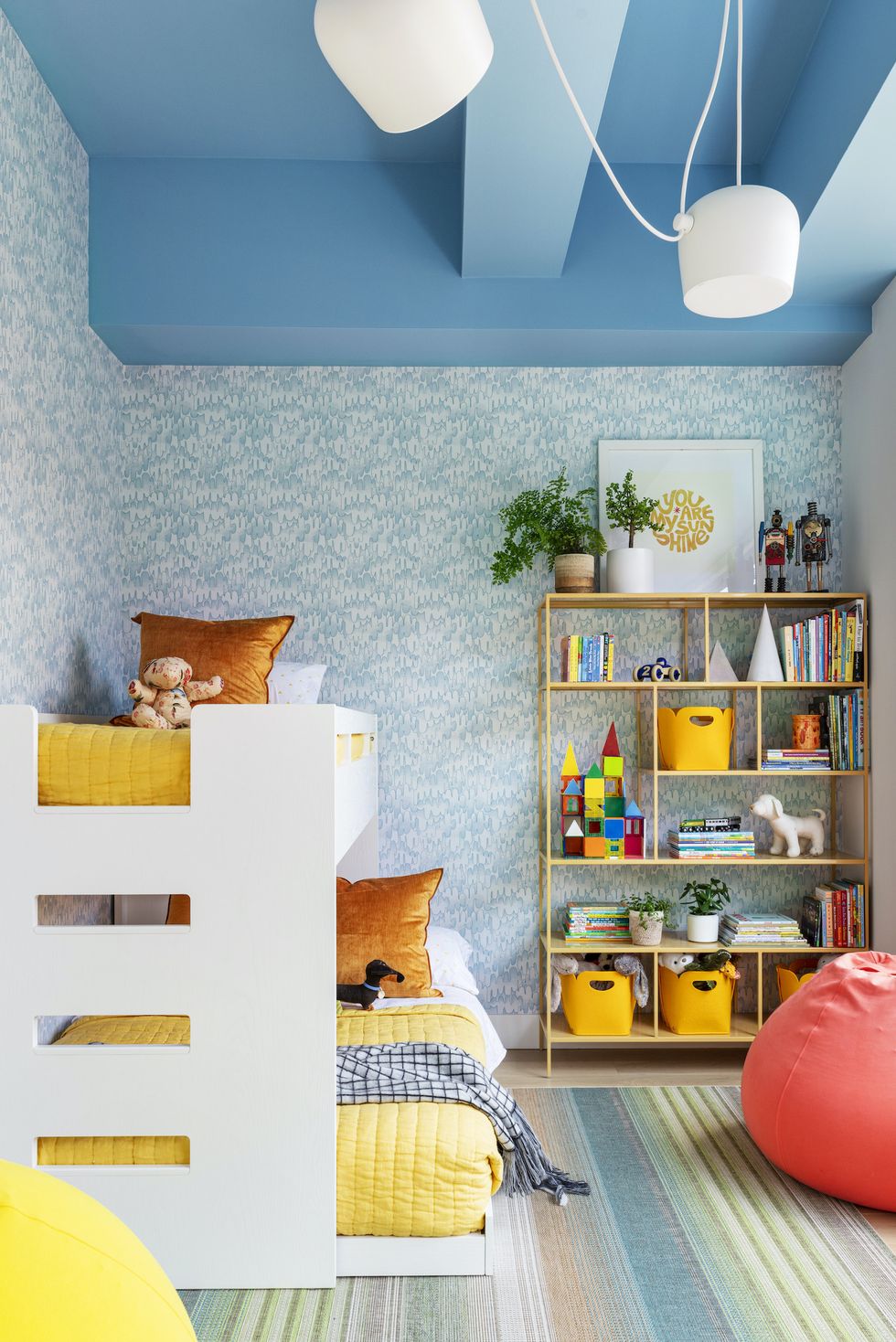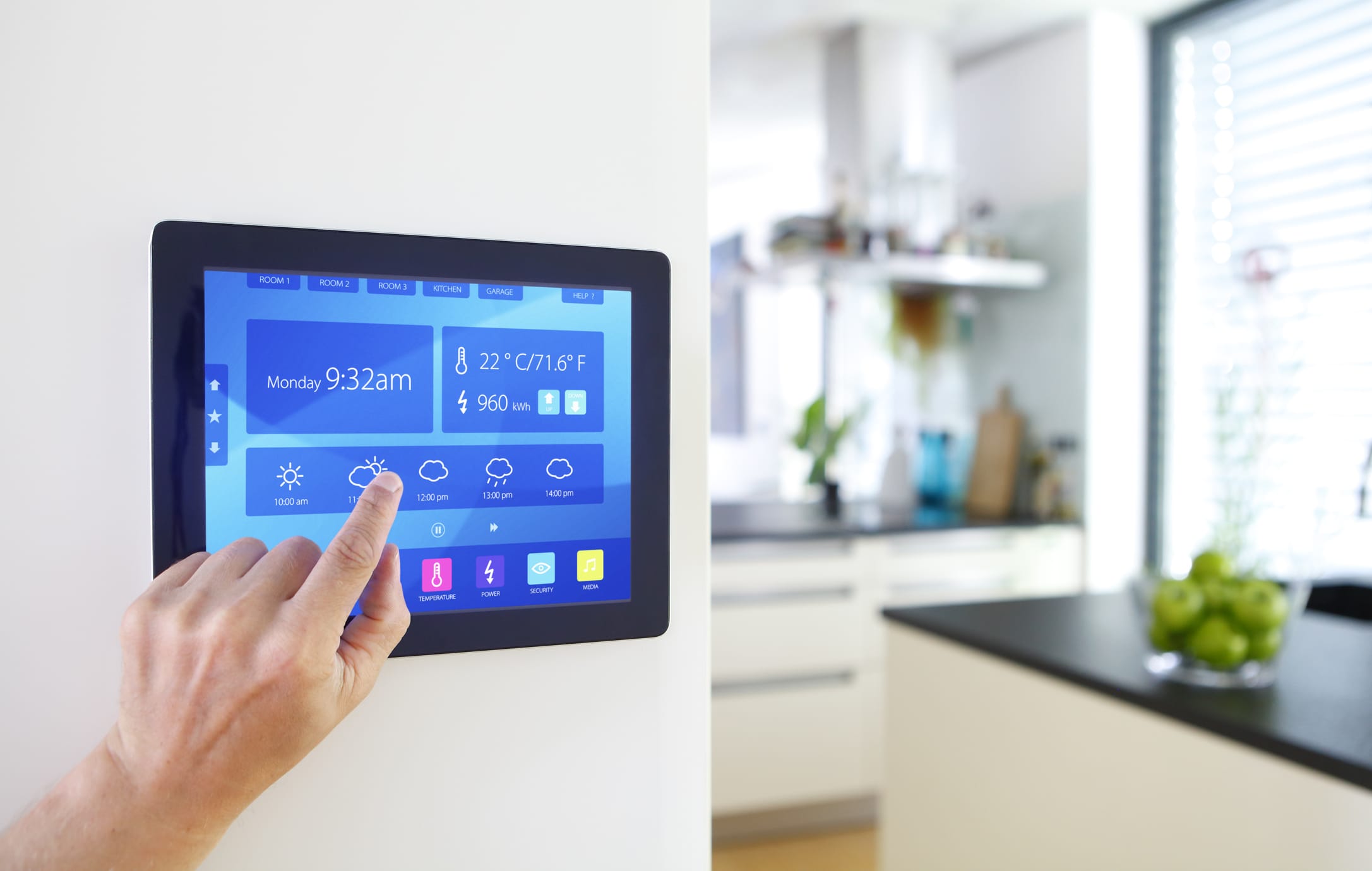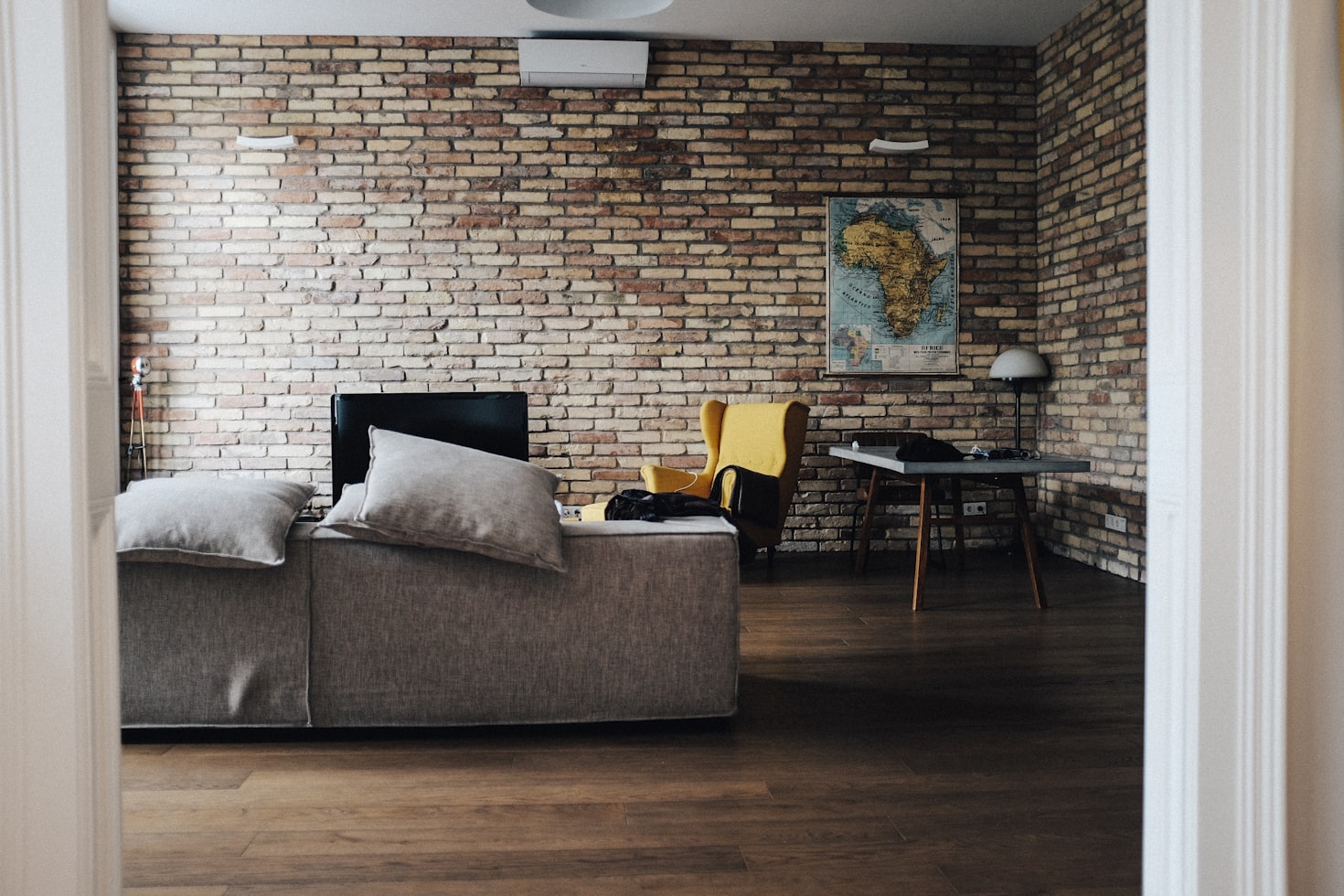
In the realm of interior design, creating a space that both captivates and nurtures creativity is essential, especially when it comes to children’s rooms. Designing a kids’ room that inspires imagination and growth requires thoughtful consideration of various elements. From color schemes to furniture choices, every detail plays a crucial role in shaping an environment that fosters both comfort and curiosity.
The Power of Colors
Choosing the right color palette is the first step in crafting an inspiring kids’ room. Bright and vibrant colors are known to stimulate creativity and energy in children. Consider incorporating a mix of playful hues such as yellows, blues, and greens. These colors can not only create a visually stimulating atmosphere but also contribute to a positive and lively mood within the space.
Multifunctional Furniture for Dynamic Spaces
In a kids’ room, functionality is key. Opt for furniture that serves multiple purposes to maximize space and encourage diverse activities. Bunk beds with built-in desks or storage compartments, for example, can provide both a comfortable sleeping area and a dedicated space for studying or playing. This approach ensures that the room remains dynamic and adapts to the changing needs of growing children.
Personalized Spaces for Little Minds
Personalization is a magical ingredient when it comes to kids’ room design. Allow children to express their personalities by incorporating elements that reflect their interests and hobbies. Whether it’s wall decals of favorite characters, themed bedding, or a display area for their artwork, creating a personalized space reinforces a sense of identity and ownership, fostering a connection between the child and their environment.
Creating Learning Nooks
Incorporating dedicated learning nooks within a kids’ room can inspire a love for knowledge and exploration. A cozy reading corner with a bookshelf filled with age-appropriate books can encourage a lifelong love of reading. Consider adding educational posters or interactive elements to make learning a fun and engaging experience. These designated spaces within the room can contribute to a child’s intellectual development in a playful manner.
Interactive Wall Decor for Endless Adventures
Transforming walls into interactive canvases opens up a world of possibilities for kids’ rooms. Chalkboard or magnetic paint can turn walls into spaces for drawing, writing, and displaying artwork. This not only adds an element of creativity but also allows children to change and update their surroundings according to their ever-evolving imaginations. Interactive walls become a canvas for endless adventures and artistic exploration.
Kidsroom Inspiration Corner
For a treasure trove of ideas and inspiration on creating the perfect kids’ room, explore the Kidsroom Inspiration Corner. This online resource offers a wealth of tips, trends, and creative solutions to help you design a space that sparks joy and imagination. From DIY projects to the latest in children’s furniture, the Kidsroom Inspiration Corner is a valuable guide for parents and designers alike.
Embracing Nature Inside
Bringing elements of nature into a kids’ room can have a calming and grounding effect. Consider incorporating natural materials like wooden furniture, and introduce plants or nature-themed decor. Not only does this create a visually appealing space, but it also connects children with the beauty of the outdoors, promoting a sense of wonder and appreciation for the world around them.
Balancing Technology and Creativity
In the digital age, finding a balance between technology and creativity is crucial. Create a designated tech zone within the room for devices, ensuring that screen time is managed responsibly. Balance this with areas dedicated to traditional play, art, and other hands-on activities. This approach encourages a holistic development that includes both technological literacy and imaginative exploration.
Adaptable Spaces for Growing Minds
Children grow quickly, and their needs evolve just as fast. Designing a kids’ room with adaptability in mind ensures that the space remains relevant and functional as the child matures. Choose furniture that can be easily adjusted or repurposed, allowing the room to grow with the child. This adaptability ensures that the room remains a source of inspiration throughout different stages of childhood.
In conclusion, creating an inspiring kids’ room involves a thoughtful combination of color, functionality, personalization, and adaptability. By considering these elements, parents and designers can craft a space that not only meets the practical needs of a child but also stimulates their imagination and creativity. A well-designed kids’ room is not just a place to sleep; it’s a canvas for dreams and a sanctuary for the boundless possibilities of childhood.










